
How Did Surnames Come to Be?
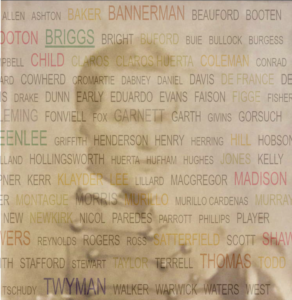
So, what’s in a surname? One of my favorite shows until the final unsatisfying season, Game of Thrones, highlights the humor one can find in a name. I speak of course, of Daenerys’ long-winded title, a composite of her first (given name) and family name (surname) along with all the titles she accumulated in her quest for the Iron Throne.
“Daenerys of the House Targaryen, the First of Her Name, The Unburnt, Queen of the Andals, the Rhoynar and the First Men, Queen of Meereen, Khaleesi of the Great Grass Sea, Protector of the Realm, Lady Regent of the Seven Kingdoms, Breaker of Chains and Mother of Dragons”
If this tradition continued today, my name might come out something like this:
“Daniel of the House Greenlee, the first of his name, the curly haired and olive skinned, the infinitely positive, traveler of continents, father of twins, survivor of marriage and bankruptcy, rebuilder of life, master of little people, lover of coffee, seeker of truth, teller of bad jokes.”
Instead, I am merely Daniel of the House Greenlee…and Daniel Greenlee in the modern nomenclature that governs society today. But it made me wonder about the history of surnames, and how our family names derived from simple descriptive origins. So, looking at the history of surnames1 in the British Isles, and Spain…as they relate to my family ancestors, I found the following:
The History of Surnames in the British Isles:
The University of the West of England concluded a four-year study of the origins of surnames in 2016. In this survey, they analyzed sources from the 11th to 19th century in the British Isles and found that people only recently (in a historic sense) started using surnames to identify themselves. In particular, the origins of surnames that people used to identify themselves and their families focused on the following:
Occupations: Families would use surnames based on the occupations of their kin. For example, Smith (as in a blacksmith), or Baker (as in a bread baker)
Place: Families would also self-identify their kin based on their place of origin. For example, Hill (as it relates to a hill) or Green (as it relates to a village green).
Patronymic: Families would also self-identify themselves based on their father’s name. For example, Jackson (as in the son of Jack) or Jenkinson (as in the son of Jenkins).
Descriptive: Still, other families would self-identify themselves based on a descriptive quality of the original member of their family. For example, Brown (as in the original person might have been brown- haired, or brown-skinned), or Short (as in the original person might have been short in stature).
While the use of given names (a person’s first name) to identify individuals goes back to the oldest historical records, the English introduced the practice of using family names in the preparation of the Domesday Book in 1086, following the Norman conquest. The use of surnames in the British Isles became most prevalent around the early 15th century when most English subjects and some Scottish people used surnames. In the 16th century, during King Henry VIII reign, the king ordered that marital births be recorded under the surname of the father.
The History of Surnames in Spain and Latin America:
Spanish surnames evolved much like the English surnames which derived from Occupations, Places, Patronymics, and Descriptions of the original family patriarch. Spanish language surnames however, traditionally use compound surnames which inherit the surnames of their ancestors, particularly, those of their father and mother. These compounded surnames in Spanish speaking cultures list the paternal name first, followed by the maternal name. So, my name in Spanish cultures (Latin and Central American countries) would be: Daniel Greenlee Murillo. For females, it gets more complicated, as they will often have their full paternal last name with their husband’s name appended at the end with the word “de” which means “of” (i.e. Sonsoles Espinosa Diaz de Rodriguez). The Spanish surname conventions will cause me some issues as I research my mother’s side of the family.
Anyway, it’s all very interesting and I’ll update this post with naming conventions of other cultures as I come across them in my research.
[1] Wikipedia: History of Surnames
Family History
Family Births
- On 1608-05-01, Hans Wyshans SCHMIDT is born in Zürich, Zurich, Switzerland
- On 1634-05-01, Hannah JACKSON is born in London, England
- On 1670-05-01, Elizabeth WHITE is born in Marshfield, Plymouth, Massachusetts, United States
Family Deaths
- On 1589-05-01, Gratia SHUTLEWOORTHE dies in Whalley Parish, Lancashire, England
- On 1698-05-01, Hester WAKEMAN dies in New Haven, New Haven, Connecticut, United States
- On 1718-05-01, John BURNETT II dies in South Farnam Parish, Essex, Virginia, United States
- On 1885-05-01, William Fisher HOWARD dies in place unknown
- On 1931-05-01, Robert Davis TWYMAN dies in Fulton, Georgia
- On 2003-05-01, Elizabeth Gilley KINCHELOE dies in place unknown
- On 2005-05-01, Briggs Leon TWYMAN dies in Lubbock, Lubbock, Texas, United States
| Paternal Line | Maternal Line | ||
|---|---|---|---|
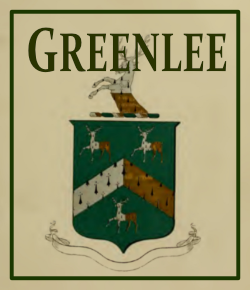 |
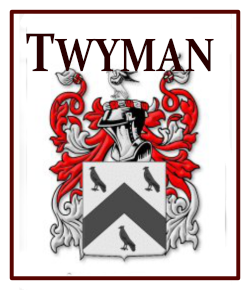 |
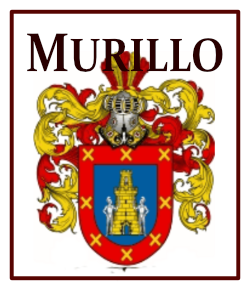 |
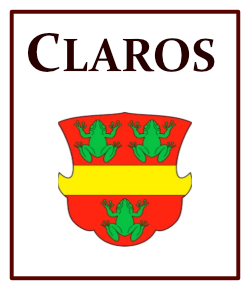 |
Categories
Genealogy
- Genealogy Portal
-
Search genealogical information related to the Greenlee, Murillo, Twyman and Claros families. Please contact us if you think we're related and can help each other in expanding our ancestry trees.
